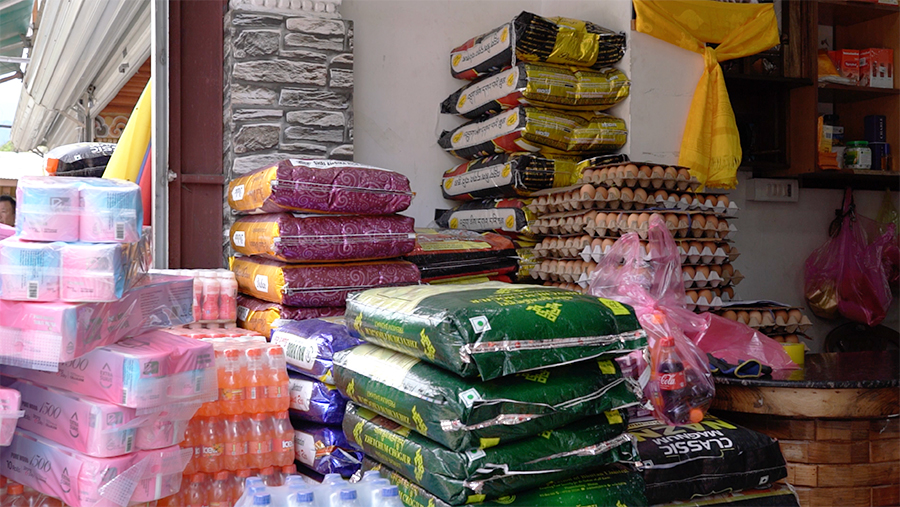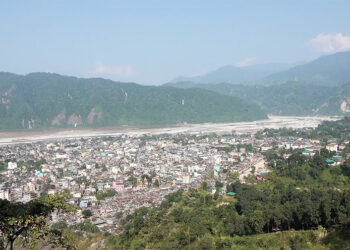 On average, a Bhutanese spends more than Nu 7,000 monthly just for food and more than Nu 10,000 on non-food expenditure. According to the Household Consumption and Expenditure Survey 2025, as the income increases, the wealthier families tend to spend a smaller share of their income on food. The National Statistics Bureau launched the survey today.
On average, a Bhutanese spends more than Nu 7,000 monthly just for food and more than Nu 10,000 on non-food expenditure. According to the Household Consumption and Expenditure Survey 2025, as the income increases, the wealthier families tend to spend a smaller share of their income on food. The National Statistics Bureau launched the survey today.
The survey was based on responses from nearly 6,000 households from across the country.
It provides insights into how Bhutanese families spend their income on both food and non-food items.
According to the report, on average, food accounts for 40.5 per cent of household spending across the country.
The average monthly household expenditure stands at nearly Nu 55,000.
However, urban households spend significantly more than rural households. Bhutanese in urban areas spend more than Nu 22,000 compared to Nu 14,000 in rural areas.
For instance, households in Thimphu reported spending nearly three times more than those in Trashi Yangtse.
Sonam Tobgay, Deputy Chief Statistical Officer of NSB said “As the household consumption and expenditure increases, the proportion of food spending declines. So, wealthier households still spend more on food, but it takes a smaller share of their total budget because the wealthier households have the capacity to spend more on non-food items like transportation, health, education and other services.”
The survey focuses solely on household spending behaviour, enabling the government to better estimate GDP, update the Consumer Price Index, and formulate evidence-based policy interventions.
Sonam Tobgay, Deputy Chief Statistical Officer said “Regular household consumption and expenditure survey will lead to better household consumption estimate for better GDP, which is one of the major components of GDP by expenditure.”
With Bhutan aiming to become a high-income GNH economy by 2034, he says future rounds of the survey will be critical in tracking progress.
Kinley Bidha
Edited by Tshering Zam







